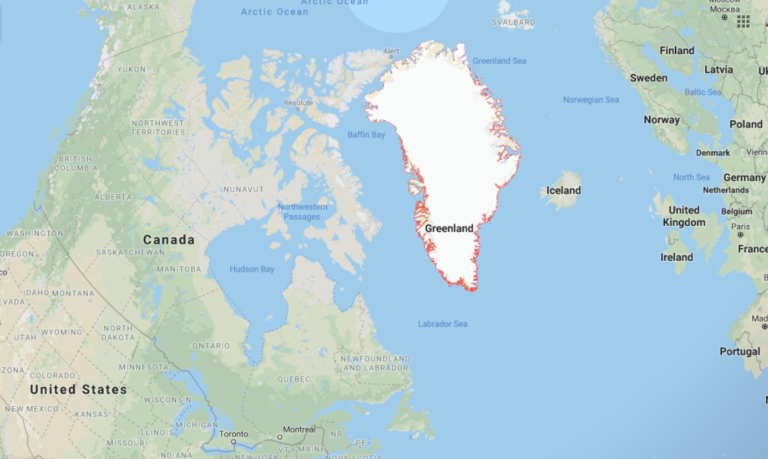

These animals were extremely plastic, able to adapt to a great variety of environments found across the Andes and were even present in remote islands, emphasizing their importance in local ecosystems and for historic/prehistoric human populations. Many studies have focused on elucidating the domestication process as well as use and exploitation of camelid species in the past. The study of South American camelids (SACs) and their domestication has been a central subject in South American zooarchaeology since the 1970s. Finally, we find evidence that interbreeding practices were widespread during the domestication process by the early camelid herders in the Atacama during the Early Formative period and predating the Spanish conquest. Moreover, we propose a domestication hypothesis that includes an ancient guanaco population that no longer exists. A comparative analysis of these data suggests that a substantial proportion of the ancient vicuña genetic variation has been lost since the Early Formative period, as it is not present in modern specimens. In addition, we performed osteometric analyses to differentiate big and small body size camelids. In this study, we generated mitochondrial genomes for 61 ancient South American camelids dated between 3,500 and 2,400 years before the present (Early Formative period) from two archaeological sites in Northern Chile (Tulán-54 and Tulán-85), as well as 66 modern camelid mitogenomes and 815 modern mitochondrial control region sequences from across South America. Using genetic methods also presents challenges due to the hybridization history of the domestic species, which are thought to have extensively hybridized following the Spanish conquest of South America that resulted in camelids slaughtered en masse. Identifying the domestic species (alpaca and llama) in archaeological sites based solely on morphological data is challenging due to their similarity with respect to their wild ancestors. The study of South American camelids and their domestication is a highly debated topic in zooarchaeology.




 0 kommentar(er)
0 kommentar(er)
